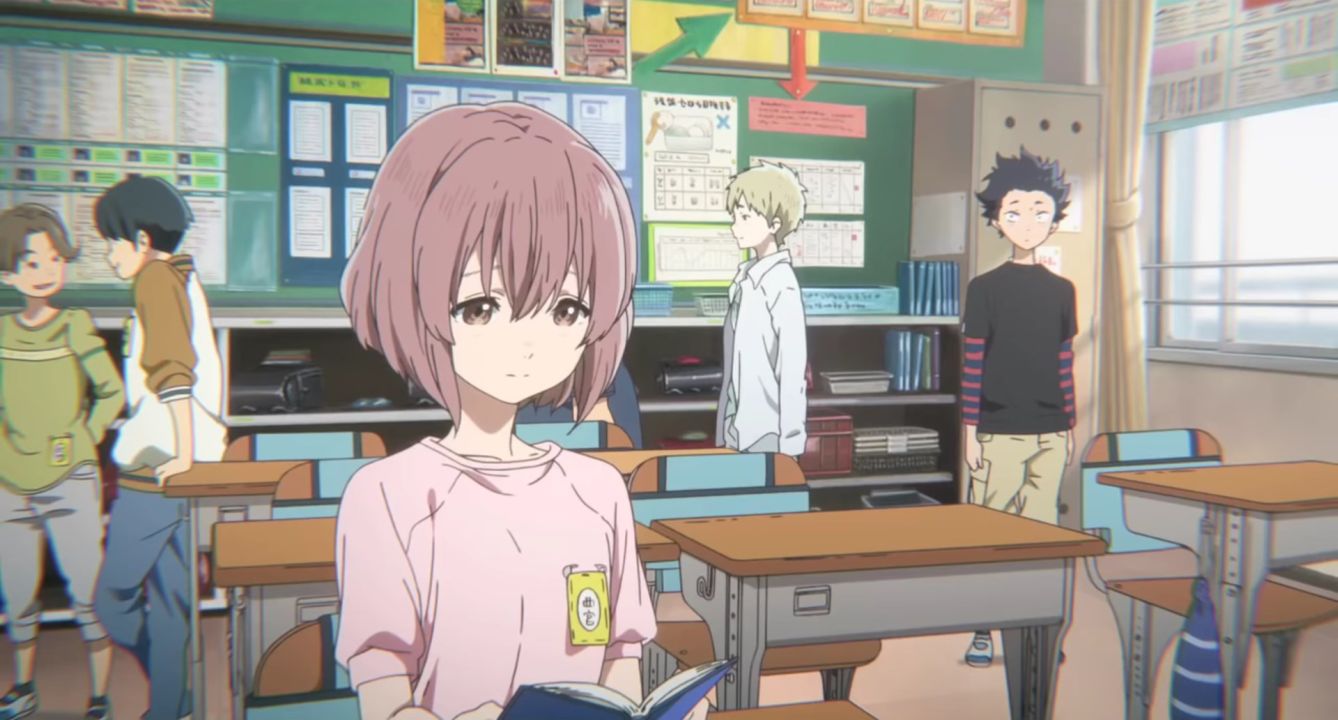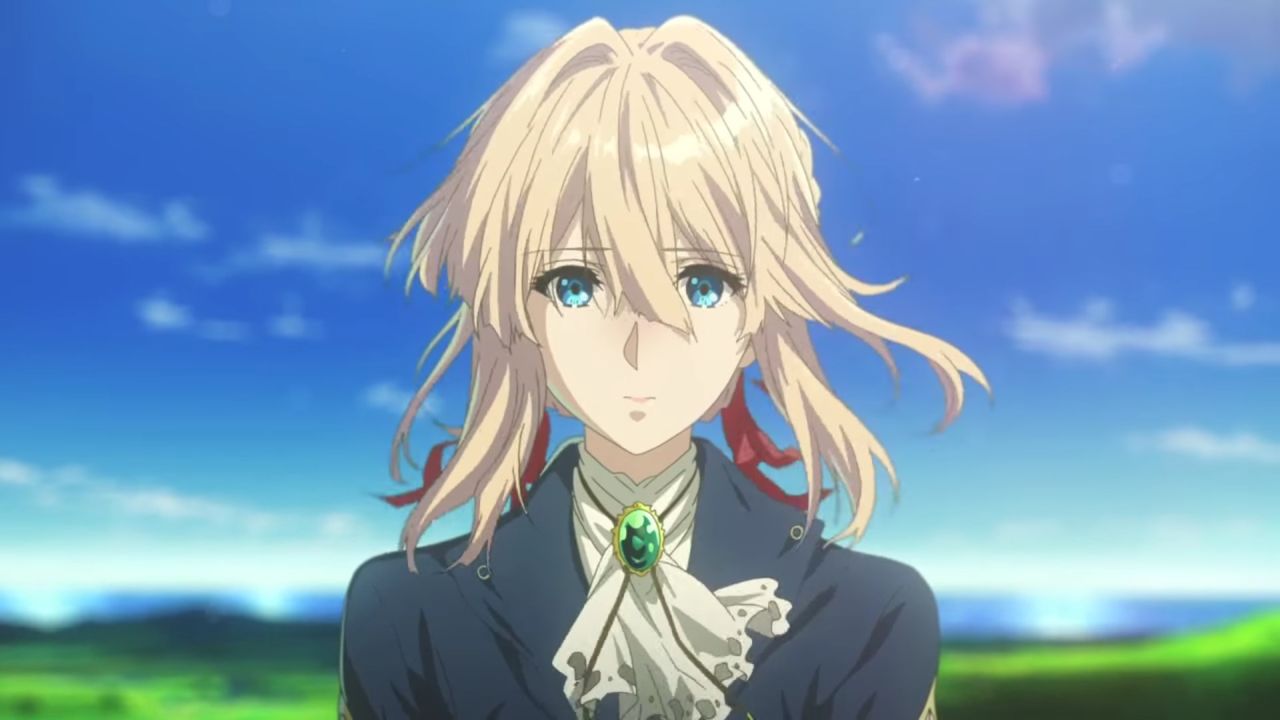Tragedy struck Kyoto Animation in Japan on the morning of July 18th when a man lit the studio on fire using gasoline and blocked off the exits with fire, as well as pouring the liquid on employees as they tried to leave the burning studio. 5 hours after the start, rescue services had accounted for all people inside the building with a total of at least 33 people dead and 36 more injured. It was later confirmed that the Kyoto Animation office was completely destroyed by the fire. American anime licensor Sentai Filmworks has set up a GoFundMe to help Kyoto Animation and has already surpassed the $750,000 goal at over $1,000,000, but is still available for people to donate.
These are the condensed facts for those not following the news, and while I could sit here and go in-depth on the aggressor and their motivation or do an hour by hour breakdown of the events that followed, there are plenty of news reports to find that are covering all the facts. Instead, it’s important to talk about Kyoto Animation and their influence on the industry and our lives.
Kyoto Animation is beloved for multiple reasons that make this a particularly hard punch to the gut. The animation studio was founded 1981 and helped with production of various anime like Inuyasha and Tenchi Universe, until they started to release their own set of hits in the early 2000s, such as the prolific The Melancholy of Haruhi Suzumiya series from director Tatsuya Ishihara and K-On! which introduced the breakout director Naoko Yamada through the series and its multiple sequels, specials, and films.

The animation studio would establish an excellent reputation amongst other studios for how it acted behind the scenes and not just the quality that resulted from that. Kyoto Animation started to publish and sell light novels which would help to fund the production of new films and television shows that were based on those same novels. The studio would also host writing competitions to promote new writers and would publish the winners’ works. The sales from the books, home media, and merchandise allows the studio to be able to start projects ahead of time ranging from months to years ahead of the expected air date since they don’t have to compete with other licensors. Kyoto Animation is known for investing in their staff and potential candidates by being one of the few Japanese animation studios that pays their employees with a salaried livable wage rather than paying per drawn sheet basis like most other studios as well as also running its own animation school and employing the best students to come out of it. All of these practices separate the studio from its competitions with a high-quality set of animation, better health and living conditions for its employees, and just trying to set a higher standard for other studios to follow.
I’ve tried to stay away from listing the notable directors in this article, with a couple exceptions, because the victims here are the many staff members that don’t get to stand out but help the studio be what it is, and more importantly because a lot of what they’re trying to do is a group effort that is meant to reach thousands and inspire more positive changes and that is the energy that drives the stories they tell.
K-On!, Sound! Euphonium, and Free! are shows about high school kids trying to figure out their place in life with their friends as well as figuring out the next steps in life. The young girls of K-On! and Sound! Euphonium explore their final innocent years in high school before being thrust into a world of adulthood as they attempt to piece together the meaning of their friendships, the memories built in those years, and the accomplishments they achieved or didn’t. Free! followed a similar format, but with young men in a swimming club and catering to women by using fan service featuring the men, which is not a practice followed in the industry as most fan service is catered to young men. Miss Kobayashi’s Dragon Maid is a story that features dragons that look like humans dressed as maids, it is very anime in that sense, but really hones in on the idea that we build our own families as adults and we don’t have to be alone as we grow older and opt-out of the expectation to get married and have children.

The previously mentioned shows and many more do great work to entertain fans while still keeping the stories lighthearted and emotion, but a couple really exemplify the strength of the studio, the first being Violet Evergarden, which is a 13 episode series from 2018 about telling stories, asking what it means to be alive, and how does love affect us in the long term. Beautifully animated with stunning detail and combined with the storytelling, the show is a testament to the collective skill of the studio as they weave a story about the eponymous Violet Evergarden who returns home after serving in the military, is adopted by a family and becomes a ghostwriter. Violet writes letters and delivers them for people to learn about the connections between people and what was meant when she was told she was loved. A Silent Voice is 2016 film and tells a story about redemption, asking for forgiveness, and learning to grow. A story of a young boy named Shoya that bullied a deaf classmate, Shoko, in elementary until he forced her to change schools, he grows up but becomes estranged from his school and friends and decides to kill himself, but not before finding Shoko and apologizing. These two pieces stand out in their repertoire as explorations of love and self, but also feature handicapped characters as the leads, which is worthy of note as Japanese media has struggled in this representation. Shoko and Violet are two female protagonists and while Violet has her hands replaced with prosthesis, Shoko is deaf and in both Japanese and English versions of the film was portrayed by a deaf voice actress.
The stories that Kyoto Animation tells in both media and real life are why the studio is so celebrated in the industry and the anime fandom in general. A studio that treats its employees as people with needs and personal lives and does all that it can to avoid crunch and to give them proper wages, giving women in the industry a place to belong and letting them tell stories featuring stories about women while not fetishizing them and telling stories for the the underrepresented handicapped citizens that often go without stories for them. No studio or person deserves what happened to Kyoto Animation today, but it hurts our hearts to see it happen to a studio that tries so hard to make the world a better place.
The best way to remember the victims is to remember them by the works they poured hours and sweat into, remembering how those shows and films made us feel the first time we watched them, sharing those stories. Take your time to process what happened and how it makes you feel because we may have never met these creators, but they certainly touched our hearts.